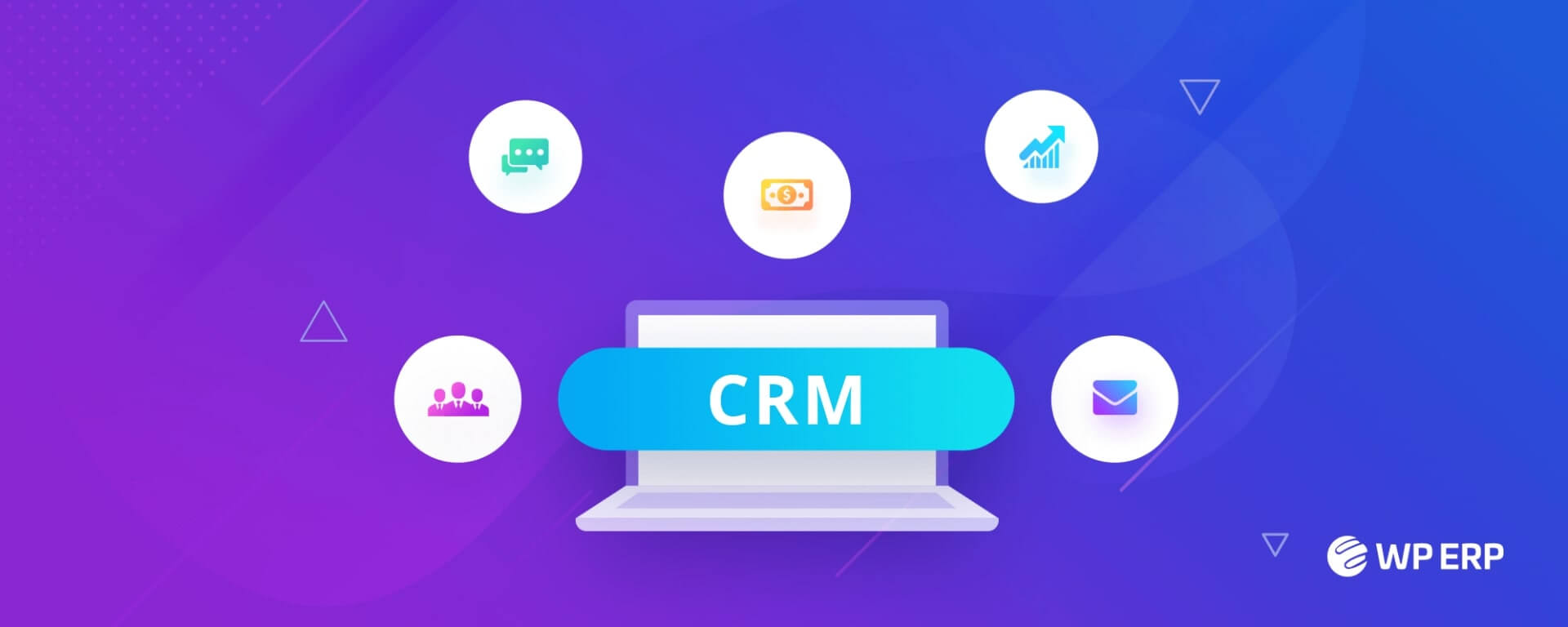Omnichannel approach: tools and implementation
In the era of remote communication, we have plenty of ways to go: order food via mobile app, contact friends on social media, discuss work tasks in messengers, and search for the best products and services on the web. Talking about business, this is relatable. Your target audience lives in this multi-channel world and uses various channels to reach the brand. The creation of a convenient personalized client experience in all these channels — from email to messengers and blogs, — is the base of the omnichannel approach. This is the way to keep in touch with the client with any device, and any location.

Why multichannel and omnichannel models are not the same
Multi is “many”, and Omni means “all”. Both models use multiple sales and communication channels: telephone, SMS messaging, email campaigns, videos, posts, reels, context and target advertising campaigns, and many, many more. But what’s the difference?
The multichannel model works with many channels isolated from each other. There is no unified client profile, as data collected from different sources are stored in multiple locations.
The omnichannel approach unifies all the channels on the same platform. A company may easily switch between them, track all the communication journey, build a big picture for analysis, and even transfer these unified data to another data operator, just in no time.
Both business and client win
A Win-Win relationship model may sound like a middle ground. But not with an omnichannel approach. Unified channels and a single data sourcing bring only benefits both to the business and the client. Let’s look at some of the pros:
Integrated and switchable communication channels. For the company, it is convenient to use, less time for personnel training, and time-saving.
For clients, it means the same high service quality in different communication channels.
Talking about consumer and customer profiling and segmentation, the SAP Marketing Cloud solution can cover it all. Besides the omnichannel communication, add marketing analytics and lead management, planning and budgeting, and more. Read about SAP offerings here.
- Data storage at the same safe place.
For a company, it means a quick communication process, even if support has to switch the client to another operator. Easier data safety control and less storage are needed to store all the data with no duplicates.
For clients, it is faster communication, no long waiting time, and personalized communication.
- Omnichannel platform with CRM integration.
For the company, it’s a clear target audience portrait and more efficient marketing.
For clients, it means that they will be contacted via the preferred communication channel, and the communication will be fast.
- Client communication process automation.
For the company, it means more saves on human resources and lowers work intensity for better productivity.
For clients, it means an immediate contact, as operators work in shifts, or even are replaced with bots.
- More channels available
For a company, it is the opportunity to attract new leads and widen the business target audience.
For clients, it is a better client experience and convenient communication with the brand.
As we can see, due to the unified entry point and single-source management, communication with clients becomes easy and efficient. It means, that in any situation, the omnichannel approach creates a unified strategy of client communication.
As an example, you can consider Spryker solution, which fits e-commerce the best. Headless architecture of the tool is aimed for an omnichannel communication and helps both development dep and client win from the fast and efficient communication.
Another option is Pega Customer Service. Use it to create a single connected, omni-channel conversation with customers, and reach the goals your business needs to.
The strategies to use
Before the start of the omnichannel system, it is essential to learn the pain points, demands, and opportunities of your target audience. Then, the audience portrait and a marketing strategy are needed. The following strategies are highly recommended at the starting point:
1. Content marketing
This is how you can demonstrate your expertise and grow your rating and loyalty. The website, full of high-quality and unique content plays a crucial role in your marketing. Start content marketing correctly: gather the most popular web search requests, create a plan, and provide your copywriters with detailed references and requirements (don’t forget metatags and keywords!). This strategy’s success can be proved by bigger search traffic, more read and saved articles, more clicks, and better audience involvement.
2. SMM
Social media is one of the key marketing tools for any business, as billions of internet users use them daily. Create your business profiles, configure target advertising campaigns, cooperate with influencers, and more. Tell more about your business and the business processes and grow your audience’s trust and loyalty. The efficiency of this strategy shows up in the number of likes, comments, and other social media numbers.
3. Email Marketing
Email marketing requires quite an effort. Everybody knows it, so this strategy will show the high level of your company’s development and technologies. Create a template to send out and start sharing useful personalized content with your clients. You will see, if it works, when you count how many clicks, openings, and feedback you’ve got.
4. Messenger Strategy
The great client journey resulting in client loyalty begins with quick messenger replies and efficient support. Use several different platforms to communicate with your clients, find the platform for messenger marketing, and never lose a message from the client. By the way, the advertising campaigns in messengers work as well!
How does it work
The traditional sales funnel four stages are Awareness, Consideration, Intent, and Decision. But does it always work like this? Not at all! The client may skip some stages, remain on the same stage longer than they are supposed, jump into other companies’ funnel, and more. The more channels business has — the more efficient would be the sales strategy. The omnichannel approach lets you know, which channels and instruments work better, and which ones do not work at all. This means faster decisions, resources savings, and fast growth. What does it mean to be omnichannel?
- The business offers a flexible and adaptable website (including a mobile version) and a mobile app. These sources are convenient for the client and offer an opportunity to enter a unified personal account with their login and password.
- A unified contact and support center is always available in all channels.
- The company owns an accurately configured CRM system with all the communication history, client actions tracking, and end-to-end analytics.
- The business profiles appear on all popular social media. The experienced personnel is always ready to reply. The social media audience is being continuously analyzed to use the analysis data for further efficient marketing.
- The clients always know about the sales activities, promo codes and discounts, as they receive SMS, emails, and social media messages.
- The physical accessibility of the company offices: the client always can visit an office or order delivery from it.
The challenges to be ready for
The omnichannel model sounds great, but sometimes the first steps can be quite challenging:
- The business may lack client data
- New technologies integration might be time-consuming and expensive.
- It can be hard to transform all the processes in a company with 1,000+ employees.
But it is all worth it. Build better communication between your marketing, sales, and IT, gather all data you have and collect new data with the customer development, use the correct vendor to build your technologies, and you will be there.
Omnichannel model integration must be more efficient than fast. Choose where and how the strategy will apply, which business processes are ready to grow right now and find the most appropriate sales channels to develop: social media, messengers, website, offline shops, and more. Build a basic infrastructure to unify these channels: integrate CRM, use call tracking, start email campaigns and create a single data source.
It might seem challenging, but the expert can make the transformation process totally seamless. MD Cloud experts are ready to choose the best technologies for your company, build a perfect client experience and lead you from the first idea of building an omnichannel platform, to the first lead, and more. Our CRM and marketing experience allows us to make the process of your company transformation fast and convenient for you and your clients. Reach us to learn our success stories.


